🪄 What the Magic Problem Teaches Us About Attention
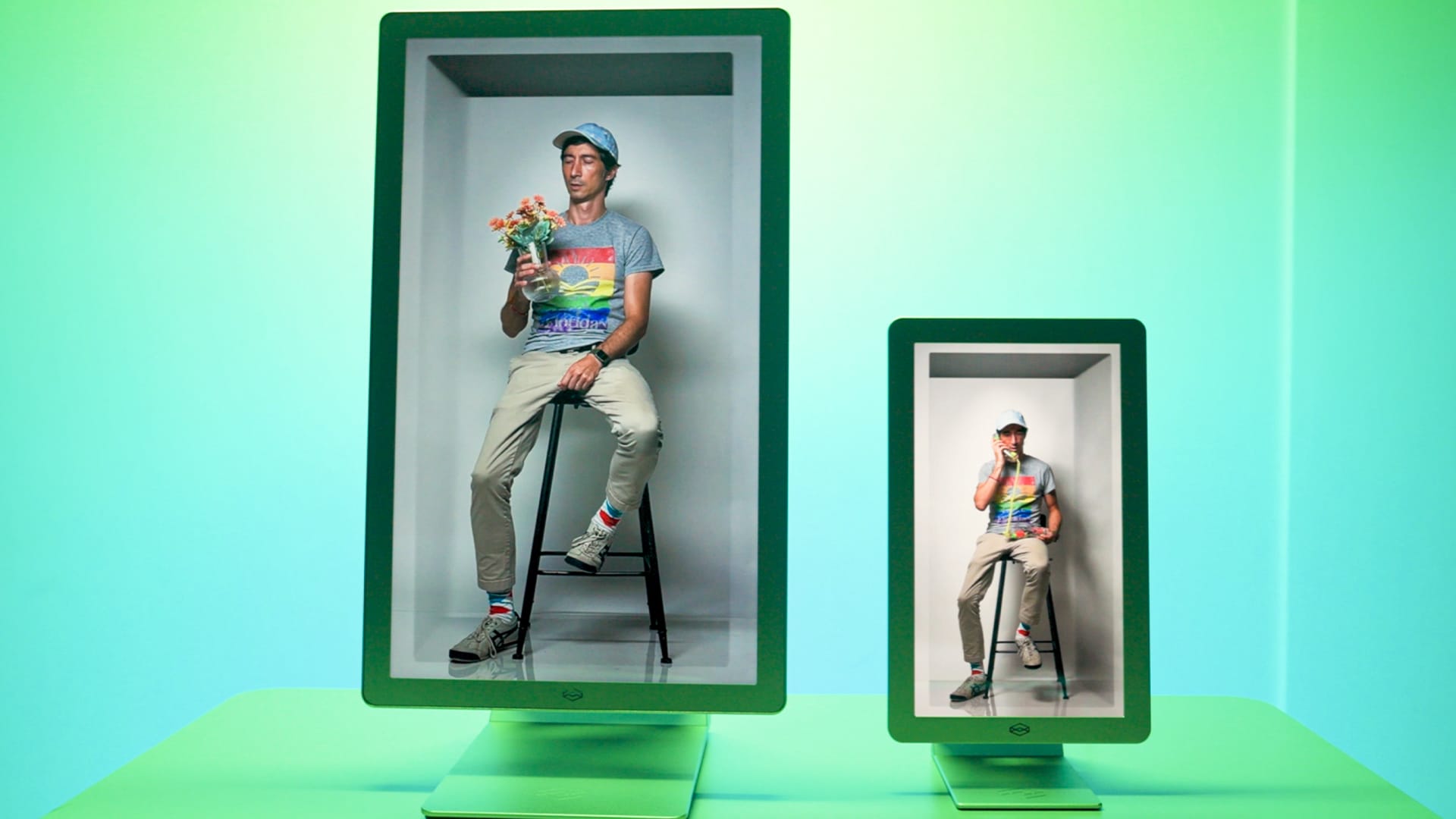
It’s never been easier to make something.
In 2025, every brand is a content studio. Generative video tools, photogrammetry apps, and real-time rendering have turned creation into a matter of clicks. Scenes that once took a team of animators can now be produced by one person in an afternoon. The problem is no longer production, it’s perception.
We solved for speed. Now we have to solve for attention.
At Looking Glass, we call this the Magic Problem. It’s the challenge of making someone stop, just for a moment, and feel something. Not because they’ve been interrupted by an ad or a push notification, but because they’ve encountered something impossible, something that feels alive.
One of my favorite “magic moments” comes from Tokyo Disneyland’s Enchanted Tale of Beauty and the Beast, best captured around the 9:40 mark in this video. The ballroom scene comes to life because it makes you question how that's even possible.
Magic isn’t about spectacle. It’s about presence, that instant when the brain whispers, Wait. How is that there? That question, that half-second of curiosity, is the root of attention. Neuroscientists call it a “prediction error”: when reality doesn’t match expectation, the brain tunes in. Wonder cracks open a sliver of space between knowing and not knowing, and inside that space, attention rushes back in.
At Looking Glass, we’ve spent over a decade creating that same sense of presence through our light field displays — fully three-dimensional systems capable of rendering scenes that actually occupy space.
When Pixar brought scenes from Elemental into one of our light field displays, they weren’t chasing technology for its own sake; they were exploring storytelling in a new dimension. Ember and Wade appeared in true depth — glowing, tangible, and floating in midair. People leaned forward. They smiled. They felt wonder.
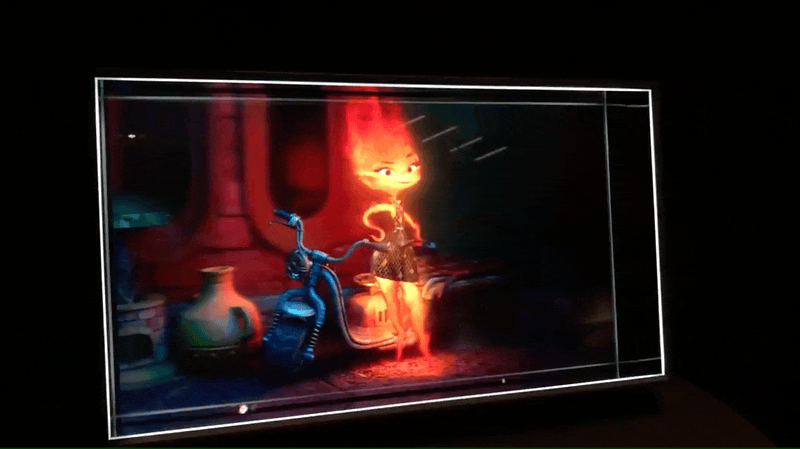
At a Loro Piana retail installation at Vivatech, the same phenomenon unfolded in a completely different setting. A simple loop of product footage — repurposed from an existing campaign — became a three-dimensional sculpture of light. Visitors to the Loro Piana booth paused longer. They asked questions. They lingered. What they remembered wasn’t just the product, but seeing something familiar shown in a new way.

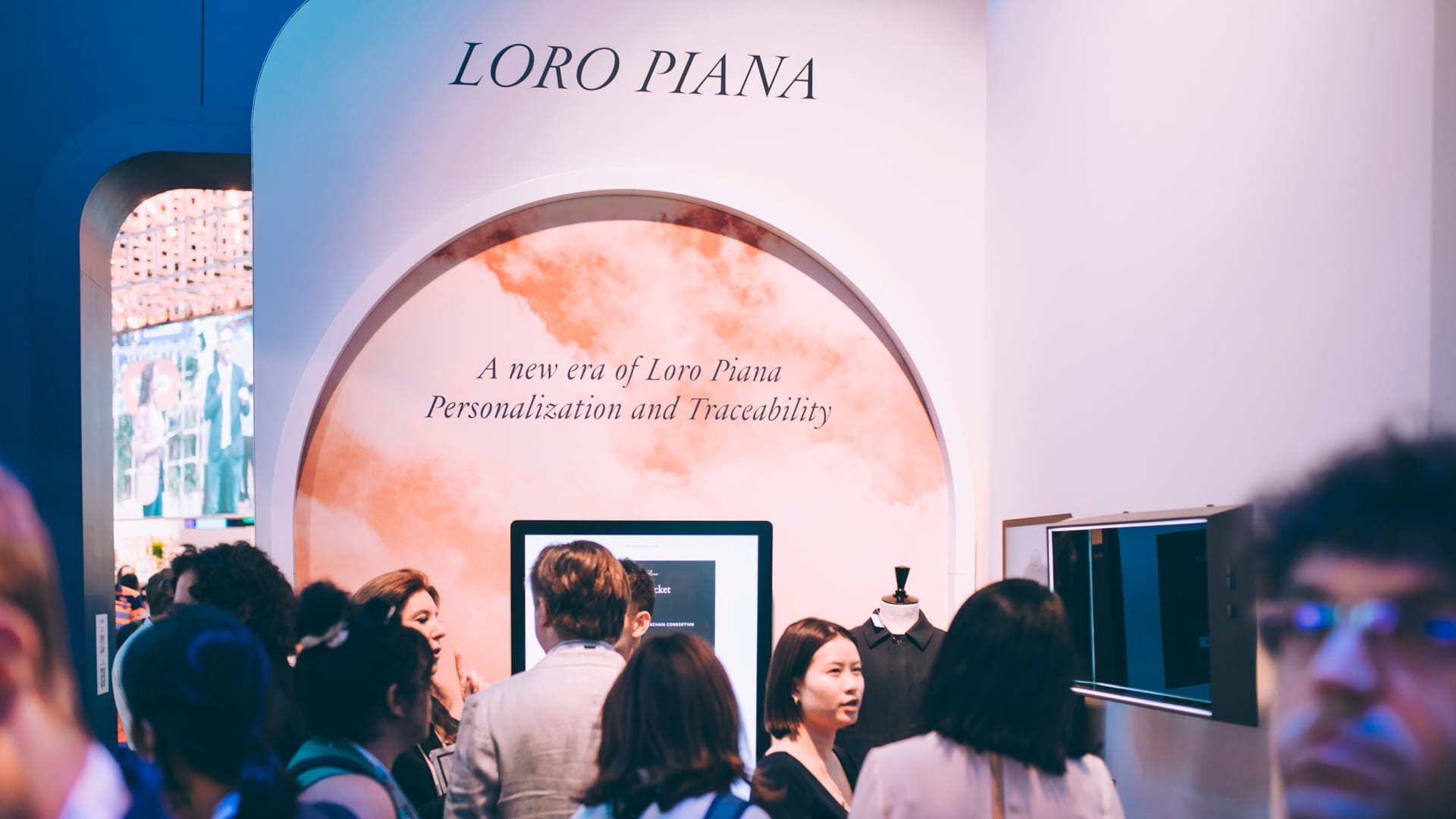
(Credit: Carolina Arantes & Marie Rouge | Vivatech 2024)
NVIDIA experienced its own version of this when they used a Looking Glass display to demonstrate 3D telepresence. A life-sized human head reconstructed in space was enough to reset expectations of what videoconferencing means. In that moment, a call didn’t feel like a flat rectangle anymore — it felt like sharing the same room.
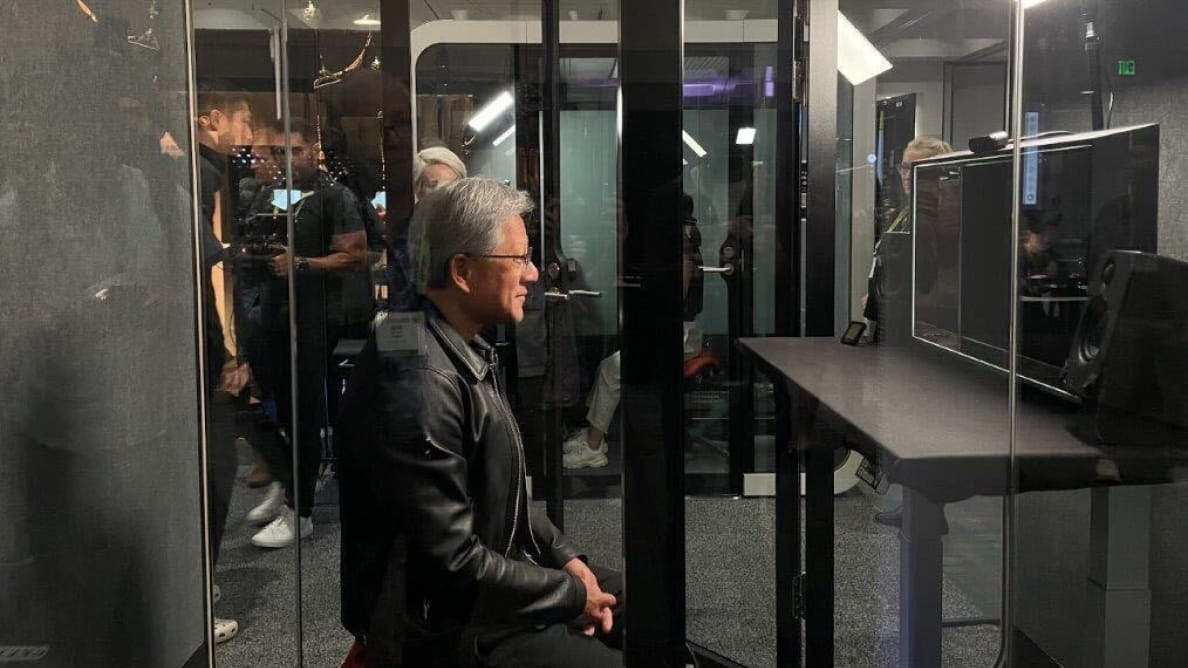
These moments — in film studios, boutiques, and conferences — all told the same story: our light field displays proved that real 3D could create real wonder.
Over the past decade, we learned that the barrier to creating wonder wasn’t imagination — it was complexity. Magic was possible, but hard to scale. The HLD exists to change that.
The next generation of our technology — the HLD — takes everything we learned about creating magic and makes it simpler. Where our earlier systems generated full 3D scenes from light fields, HLD fuses a 2D display layer with an embedded holographic volume, creating depth and dimensionality without the complexity of volumetric content.
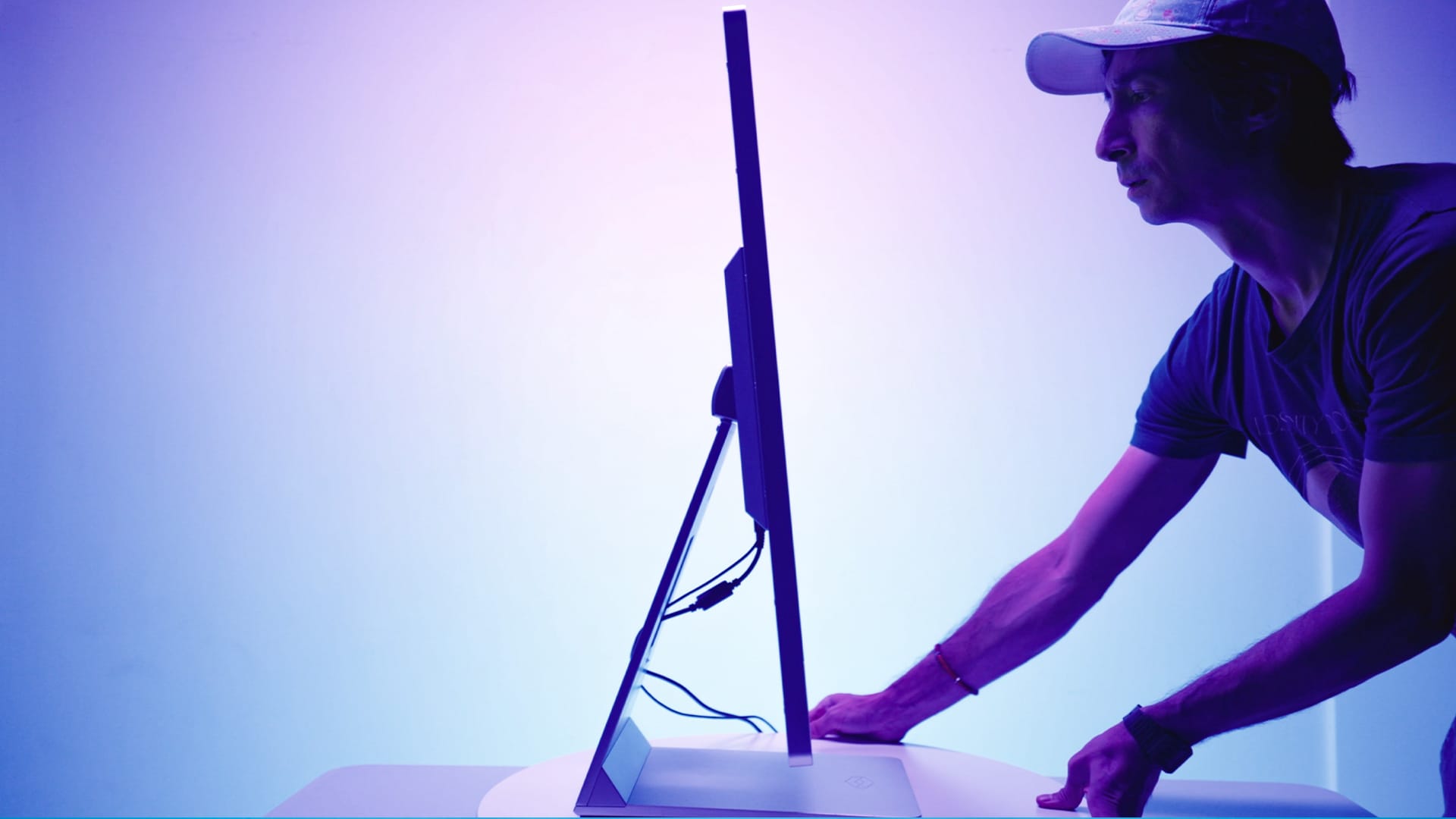
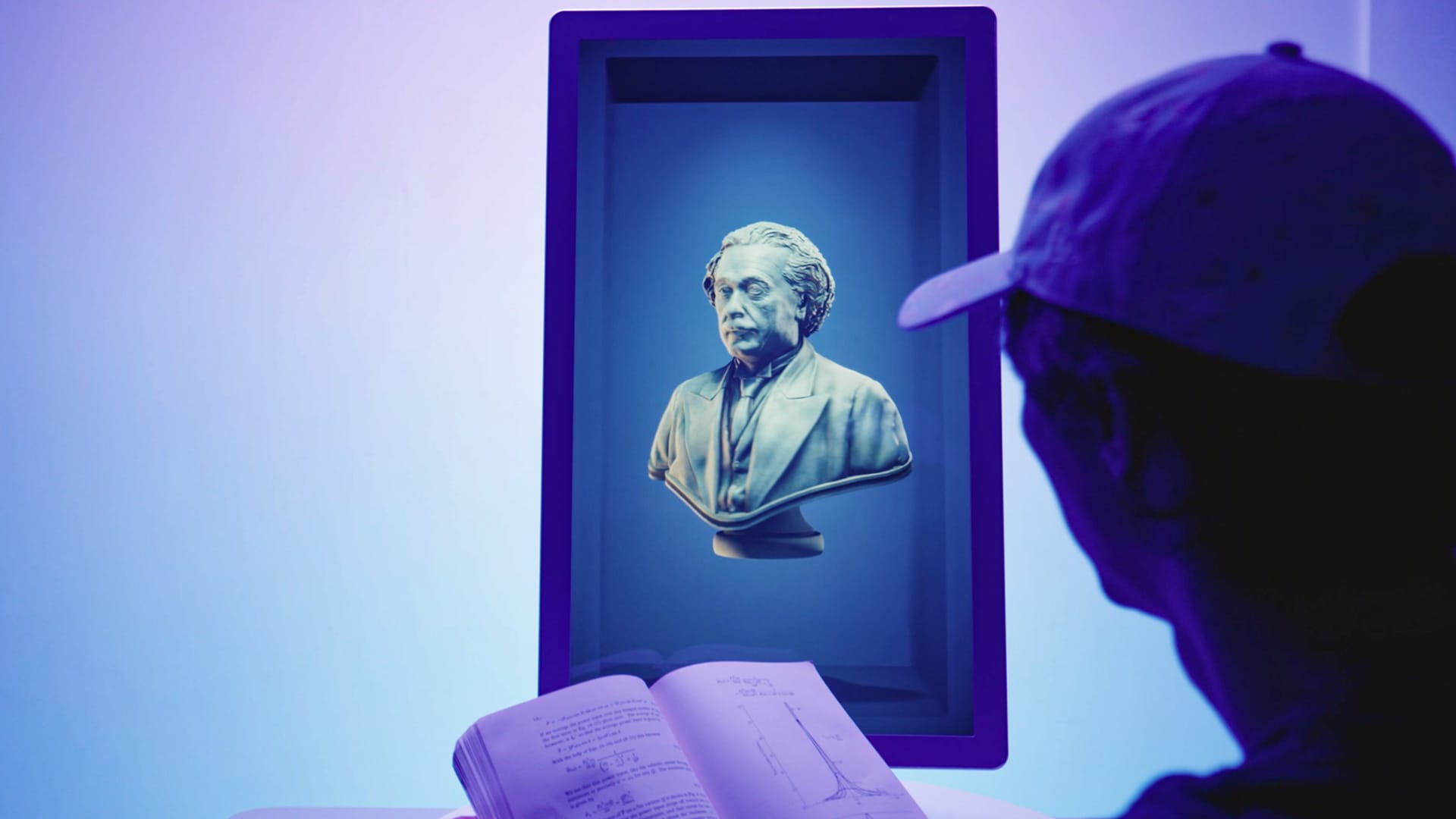
It’s hybrid by design — part 3D, part 2D — so brands can transform ordinary video into extraordinary, spatial experiences. The magic is no longer reserved for those with specialized pipelines. Now, anyone who can make a video can make something that feels alive.
The timing matters. As content becomes infinite and tools become automatic, physical wonder becomes the new creative edge. The HLD was built for this moment when attention itself has become the rarest resource on Earth.
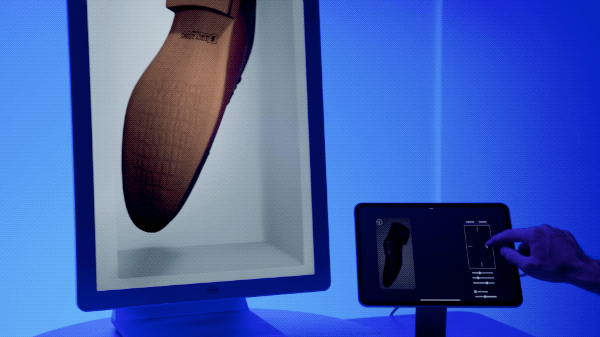
The return of physical wonder isn’t a nostalgia trip back to analog — it’s a rebalancing. For two decades, we’ve optimized every surface for content: brighter, flatter, faster. Until we reached the point where no amount of output could make people feel more. Now, with tools that make creation practically frictionless, the creative advantage shifts from how much we can make to how deeply we can make someone look.
Because attention isn’t infinite. It’s finite, embodied, and emotional. It lives in the space between the eyes and the thing they can’t quite explain.
The future of engagement isn’t digital or physical — it’s dimensional. As AI and new creative tools democratize production, the opportunity for marketers, retailers, and storytellers is to bring depth back into experience. Screens have flattened the world. Light and space can bring it back to life.
So yes — anyone can make content now.
But not everyone can make someone stop.
The rarest thing you can make today isn’t a new video, ad, or post.
It’s wonder — the kind that makes someone feel, even for a second, that the world is bigger than their screen.
And that’s what we’ve been trying to make all along.
Learn more about Hololuminescent Displays here.
